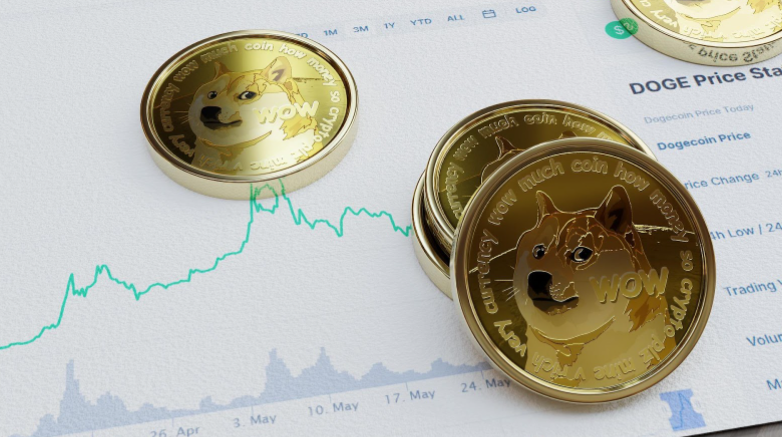
[ad_1]
Four years ago, I sat next to music mogul Lyor Cohen in Austin, Texas at the annual South by Southwest festival to discuss YouTube’s plans for a new paid music service. I really only had one question. How was YouTube going to get anyone to pay to use a product they already get for free?
The video company had tried to get people to pay for a music service a couple times, as well as a service that had original series (a la Netflix and Hulu). That didn’t work. YouTube attracted more than 1.5 billion users (now 2 billion) by offering them a bottomless repository of music videos, pranks, trailers, comedy, video blogs, late-night clips and just about anything else you could imagine for free. Let me say that again. FOR FREE. Free is core to YouTube’s appeal.
Cohen said YouTube would ‘frustrate and seduce’ its users, a comment that ran counter to Google’s customer-first ethos. The comment went over like a lead balloon inside his new company, and led me to fear Cohen would try to body check me the next time he saw me. (He didn’t, thankfully.)
But over the past four years, YouTube has done the unthinkable. It figured out how to get people to pay for its service. The company has signed up 50 million subscribers across its suite of paid services, which include a music service and a premium video service. It convinced about 2.5% of its users to pay in order to watch videos in the background, skip ads and access all kinds of music playlists. When you have 2 billion users, converting even a tiny percentage is a big deal.
There are caveats. This include people still on free trials. YouTube didn’t break out how much revenue it’s getting, or what the average person is paying. The service has been especially successful in emerging markets where YouTube is popular and other paid media services have struggled.
And yet even if YouTube is only getting people to pay $2 a head, it has built a subscription business that makes more than $1 billion a year. This is a huge deal for several constituencies, starting with YouTube.
The company doesn’t exactly need money. Its advertising sales spiked 84% last quarter to more than $7 billion. Based on advertising alone, YouTube is about as big as Netflix. But the best media businesses have two revenue streams, advertising and subscriptions. That’s what made TV networks so profitable.
- Chamisa under fire over US$120K donation
- Mavhunga puts DeMbare into Chibuku quarterfinals
- Pension funds bet on Cabora Bassa oilfields
- Councils defy govt fire tender directive
Keep Reading
With its success selling subscriptions, YouTube is one of the first online media businesses to crack the code. It’s certainly the biggest. Netflix doesn’t sell ads. Spotify’s advertising business is smaller than YouTube’s subscription business. (And its subscription business is also smaller than YouTube’s advertising business.) Hulu sells subscriptions and ads, but is only in the U.S.
We spend a lot of time talking about how Netflix changed Hollywood, and with good reason. But the biggest and most influential media company of past 20 years is probably YouTube. It’s the biggest video service in the world and the biggest music service in the world. It also created an entire new class of entertainer, the creator.
Speaking of music… this is also a very big deal for the music industry. Around the same time Cohen was promising to seduce YouTube viewers, record labels were worried that Spotify was getting too powerful.
The music industry had just spent 10 years entirely beholden to Apple thanks to iTunes, and it didn’t want another tech company to have that much power over it. So it set about urging Amazon and YouTube to take paid music more seriously. (Apple had already introduced its paid service, which remains the No. 2 player globally.)
While neither YouTube nor Amazon is close to dethroning Spotify, they don’t have to be the top player. They just have to compete. There are now four music services with more than 50 million subscribers, and that doesn’t include the Chinese services.
Record companies don’t have the upper hand on Spotify. They aren’t going to pull their music if Spotify rolls out a product that upsets them. But nor can Spotify do whatever it wants; the record companies aren’t dependent on it in the way they once were on Apple.
Even as Spotify’s growth slowed a bit last quarter, music companies reported record results. Music companies have gotten very, very good at forcing all types of companies to pay them for their work. Be it social media websites, fitness apps or video games. (Universal Music Group Chief Lucian Grainge all but took credit for YouTube Music’s success in a statement this week.)
This does not solve the ever-present tension between the music industry and YouTube (or Silicon Valley at large). Artists and independent record labels still mistrust technology. And the corporate side of the music industry will always resent YouTube for devaluing its work.
But money has a habit of silencing critics. The music industry’s frustration, once at a full boil, is now at more of a gentle simmer. As YouTube’s Chief Business Officer Robert Kyncl told me this past week, “We make money, they make money. We succeed, they succeed. The alignment is perfect.” – Bloomberg
[ad_2] Source link









